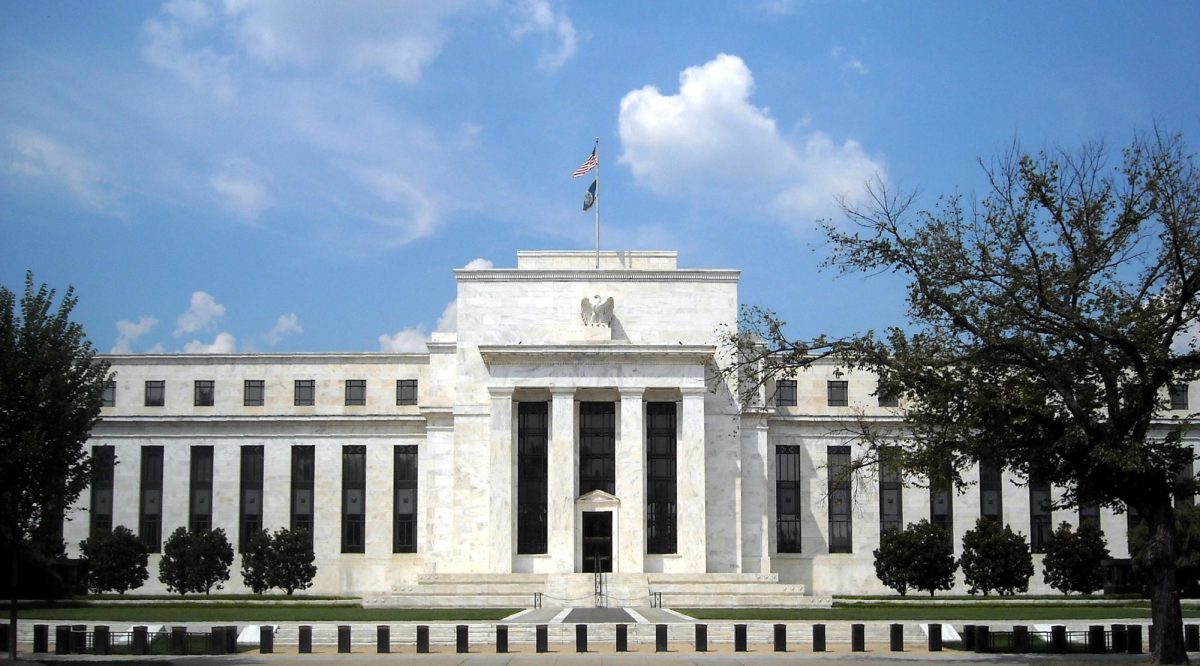The price of Gold has surged to a record $4,000 an ounce, making the precious metal more valuable than the U.S. dollar.
However, analysts say this spike indicates underlying concerns about inflation, monetary stability and geopolitical unpredictability, in addition to market speculation.
Analysts cite several reasons for the rise in price as political unrest escalates, budgetary instability in the U.S. and redoubled wagers on rate reduction by the Federal Reserve. Gold is a safe-haven asset, as it is a viewed currency all over the world, and cannot be devalued due to overprinting.
“The problem at the moment is that inflation has gotten so out of control and central banks are being forced to hike rates like we’ve not seen in a lifetime,” Head of Dealing at Australia Capital. com Brian Gould told Bloomberg News. “If you look at gold against the US dollar, we reached new all-time highs in 2018, and the market has fallen back since.”
Capital moves into assets that are normally impervious to de- fault, devaluation or manipulation as uncertainty increases. There is no counterparty risk associated with gold, in contrast to currencies or stocks.
The U.S. currency has depreciated in tandem with mounting skepticism over the viability of domestic fiscal policy, contributing to this dynamic. Rising federal deficits, delayed economic data because of the government shutdown and higher real interest rates are all being seen by investors as signs that the Fed is about to make a change.
Gold’s rise is further accelerated by the expectation of reduced rates, which lowers the opportunity cost of keeping non-yielding assets. Gold has historically increased in times of economic and geopolitical turmoil. The oil shocks of the 1970s, the financial crisis of 2008 and the early years of the pandemic are notable instances.
The combination of several stressors, including post-pandemic economic rebalancing, Fed policy uncertainty and escalating international strife, is what distinguishes the current rise. These factors work to push gold over technical resistance levels and into previously unheard-of price ranges.
Western markets are not the only ones experiencing this surge.
Demand has increased in China, India and other significant markets as local investors look for safeguards against inflation and currency weakness. In an effort to diversify their reserves away from assets based in dollars, central banks throughout the world have also increased their purchases of gold.
A persistent gold price at this level would indicate that trust in fiat currency regimes is waning. It may also rekindle discussions about the long-term sustainability of the present monetary frameworks, such as aggressive quantitative easing and debt-driven fiscal policy. This might put further pressure on the Fed to stabilize inflation expectations and give more precise future guidance.
Inflation and interest rate speculation are not the only factors contributing to gold’s record-breaking rise, as investors, institutions and governments are hedging against more profound systemic risks.








